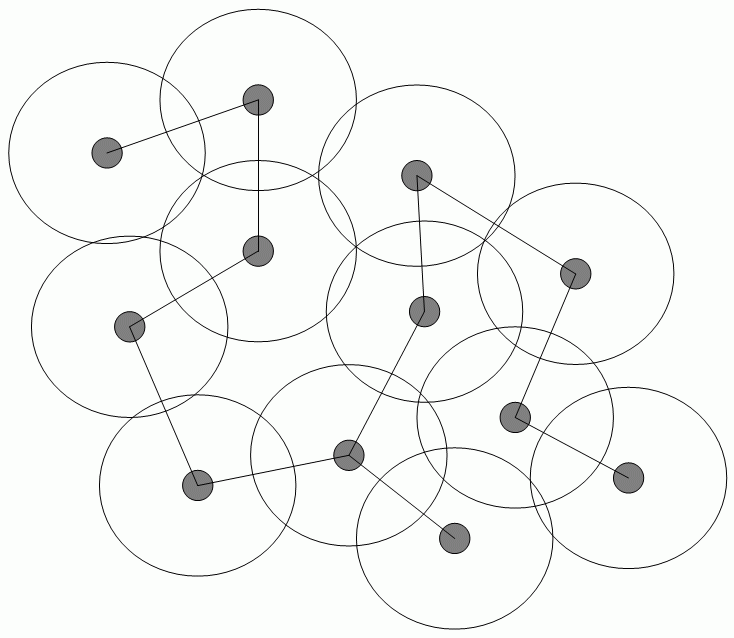|
A user today might have one or two communication devices connected to the Internet,
say smartphone and a tablet. The Internet of Things envisages a time when we will all have a larger number
of more diverse devices connected, such our car, home heating system, wrist watch and other devices with which we
interact. This could lead to the global number of connected devices reaching 50 billion by 2020. The point
of the Internet of Things is that each connected device can report its state automatically, and/or sense the
environment around it. These data may then be aggregated and exploited for the advantage of the user, but
without the need for routine or repetitive user intervention. Likely first applications are in the
fields of personal transport, healthcare, home automation and energy efficiency.
Related work undertaken by Quotient’s consultants includes:
- Advising Ofcom on a range of issues related to future licence exempt
technologies and spectrum demand. This study work addressed the use of wireless data over unlicensed spectrum
and comprehensively addressed all licence exempt bands, identifying areas of greatest demand. The Internet of
Things was a major category and included, for example, the general category of ‘smarts’, which includes smart
meters, smart homes and smart cities including M3N – Metropolitan Machine Mesh Networks.
- Bringing together many aspects relevant to the Internet of Things, Quotient
staff authored the book "The Essentials of Wireless Mesh Networking" which was published by Cambridge University Press.
- Evaluating wireless sensor networks for Ofcom. This study predated the term
'Internet of Things' and provided one of the first characterisations of
the barriers to wider wireless sensor network deployment as well as providing a technology roadmap for the
future. It also contained results from a practical user trial and evaluated spectrum requirements,
identifying low power, reliable operation in shared spectrum as a key element
- Evaluating efficient mobile mesh networks for Ofcom. This study methodically
examined the pro and cons of mesh technology, which had promised to be disruptive in the telecommunications
marketplace. It settled such claims as whether meshes self-generated capacity or whether they were more
spectrally efficient. Meshes are suitable where latency and bandwidth are not key demands, and where a low
infrastructure deployment is desired, as for some aspects of the Internet of Things
|


